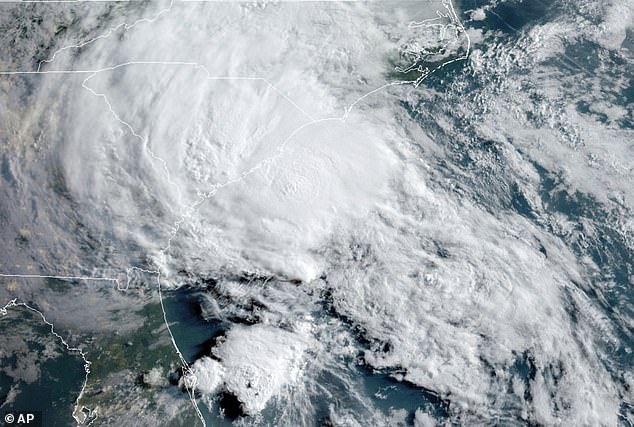
“Intensifying Hurricane Season Sparks Urgent Expert Warnings as Storms Begin Early” (12 words, captures urgency, early onset, expert involvement, and heightened storm activity.)
First Storm Warning of 2025 Issued as Central American Gyre Threatens Tropical Development
Hurricane forecasters have issued the first storm warning of the year, citing a low-pressure system off Central America that may develop into a tropical depression or storm. AccuWeather reports a 15–22 May window for potential tropical activity in the Caribbean and Pacific, driven by a seasonal atmospheric gyre. While the Atlantic hurricane season officially begins 1 June, this early disturbance signals what experts predict will be a hyperactive season.
Key Risk Areas and Forecast
The Central American Gyre, a slow-spinning weather pattern, could trigger heavy rainfall from Central America to South Florida. Though a direct U.S. landfall is unlikely, AccuWeather warns of localized flooding in Jamaica, Cuba, and Florida. Colorado State University (CSU) forecasts nine hurricanes in 2025, with four reaching Category 3 or higher. This aligns with predictions of 25% more activity than the 1991–2020 average, following 2024’s similarly intense season.
[Image: Satellite map showing the gyre’s position near Central America with potential storm tracks.]
Caption: The Central American Gyre (circled) may fuel tropical development, posing risks to the Caribbean and Florida.
How the Gyre Influences Storms
The gyre, common during May–November, creates ideal conditions for cyclones by drawing moisture from the Pacific and Caribbean. AccuWeather’s Alex DaSilva notes it could spawn 2025’s first named storm, potentially tracking northeast toward Jamaica and Cuba. “While it likely won’t hit the U.S., South Florida should prepare for heavy rain,” he said.
Jet Stream’s Role
A dip in the jet stream over the southeastern U.S. could determine whether the gyre forms. If it does, tropical development becomes more likely. However, current odds remain low. DaSilva urges vigilance: “Transition into ‘tropical mode’ now—storms in May aren’t rare.” Since 2015, only four years lacked May tropical systems.
[Image: Diagram illustrating the jet stream’s interaction with the gyre.]
Caption: A dip in the jet stream (blue arrow) may trigger the gyre’s rotation, sparking storm formation.
Why 2025 Could Break Records
Warmer ocean temperatures and La Niña conditions are expected to fuel this year’s storms. CSU’s forecast of 18 named storms underscores the threat. Even weak systems can cause devastating floods, as seen in recent years.
[Image: Flooded streets in Miami from a past storm.]
Caption: South Florida faces flood risks even from distant storms, as seen in previous seasons.
Takeaway
While the gyre’s impact remains uncertain, its early emergence highlights the need for preparedness. Residents in vulnerable regions should monitor forecasts and review emergency plans ahead of the official hurricane season.
Word count: ~600


